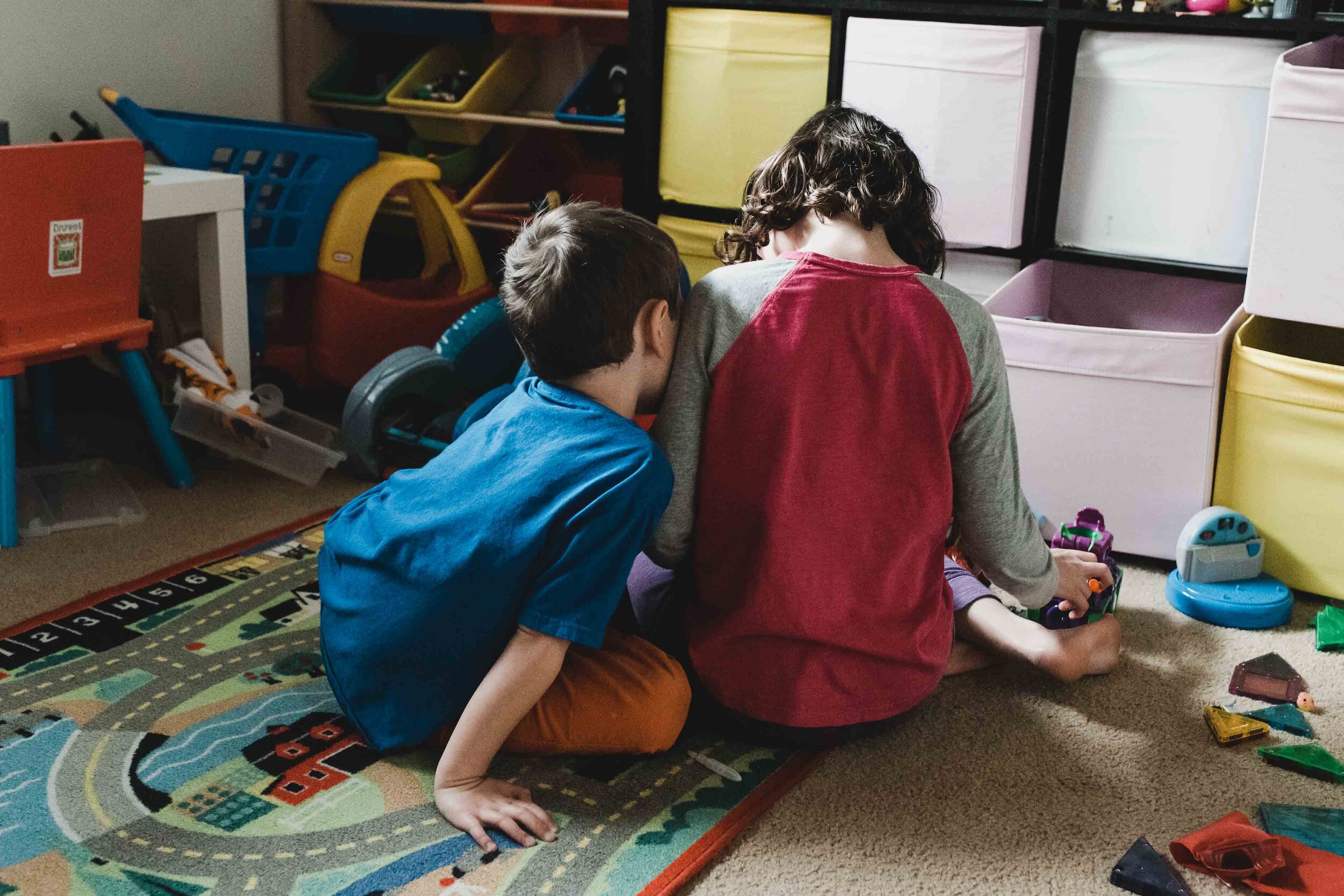How to Take Great Documentary Photos While Staying at Home
This past month has been so uncertain for our world. Some days it feels like a real challenge to face the day. While it’s hard, I know that I’m lucky that our family is safe and healthy.
Our schools are currently closed and the shelter-in-place order started a little over a month ago. As soon as I knew we would be staying at home as a family for an unknown length of time, I decided to do a daily documentary photo series of our new normal.
I started this project for a couple of reasons:
As uncertain and scary as the world feels right now, you can’t deny that we’re living through a major historical event. I wanted to document what our lives were like during this time. I know that one day my children and grandchildren will be curious about these days, and through this project, we’ll be able to show them, not just tell them.
Creative projects keep me centered, and helps me keep my anxiety at bay (though I can’t lie - it still sneaks in pretty often these days.).
While I absolutely love photographing families like your’s, my first love in photography will always be my own family.
Are you interested in documenting your own days during this unprecedented time in all of our lives? It’s easy to do!
Here are my tips for taking great documentary-style photos of your own family at home.
Always have your camera ready.
It doesn’t matter what camera you’re using - your phone is great! Make sure your camera is easily accessible so that you can quickly capture moments before they pass you by. I keep my camera out in the living room or on the kitchen table. It stays ‘on’ (I charge the battery overnight) with the lens cap off. I can grab it for a quick shot whenever I feel inspired or notice a moment. When using my DSLR, I keep my ISO at around 4000 (for indoor shooting), and I can quickly adjust f-stop and shutter speed depending on my creative vision.
(Pro tip: if you’re shooting with an iPhone, just swipe left from your home screen to directly access the camera. That move will save you a few precious seconds if you need to capture a moment quickly.)Make the best of the light around you.
If you’re shooting in your home, use natural light whenever possible. Open up your blinds and curtains to let the light in. Turn off lamps and overhead lights - they will show up very yellow in photos. Overhead lights can also cause unattractive shadows on faces, especially around the eyes. While you’re spending so much time at home right now, pay attention to the light in different rooms during particular times of day. Does the morning sun filter beautifully into your kids’ bedrooms as they’re waking up in the morning? Maybe lovely light comes through your kitchen window as you’re making dinner in the evening. Keep your eyes open, and I bet you'll notice your home’s light in brand new ways.Think about composition.
One of the easiest composition techniques to master is the Rule of Thirds. In this technique, you divide your image frame with two horizontal and two vertical lines that intersect, dividing your image into nine equal boxes. The points where the lines intersect are the most interesting parts of the frame, where a viewer’s eye is naturally drawn. Using the Rule of Thirds, place your subject and/or the most important elements of your image along one of the lines or at one of the points.Get on their level.
When shooting kids, it’s important to get down to their eye level - squat, kneel or lay down on the floor if you need to. That will ensure that you aren’t shooting down on top of them, and also show the scene from their perspective.Shoot the whole scene.
Use your environment to really tell your story and give a sense of place. Backing up from your subjects will let you capture the setting and give the moment more context.Capture the details.
An environmental photo is great for telling a story, but so are the details. Be sure to grab a few shots where you get in close and fill the frame with details. What do your daughter’s hands look like while she works hard on a puzzle? How does your son grip his teddy bear as he settles in for his nap? These are the sort of unique details you’ll want to remember.Don’t be a director.
Whenever I ask my children to do something specific for a photograph, they immediately do the opposite. I’ve learned to WAIT for the moments to happen, instead of trying to MAKE them happen. As a parent, you know what to expect from your children. I bet you can predict what is about to happen in any given situation or interaction. Does your son always play with a toy in a certain way. How does your daughter like to curl up on the couch while she’s reading. Exercise your prediction muscles, and in no time, you’ll be really good at anticipating moments and being ready to photograph them when they happen.
Have questions? I’m happy to answer any questions about photographing families, so ask away in the comments!
To stay updated on my documentary project, follow along on Facebook and Instagram!
I wish I could be photographing your family right now. You better believe I will be geared up and ready to take your professional photos when this is all over.






























